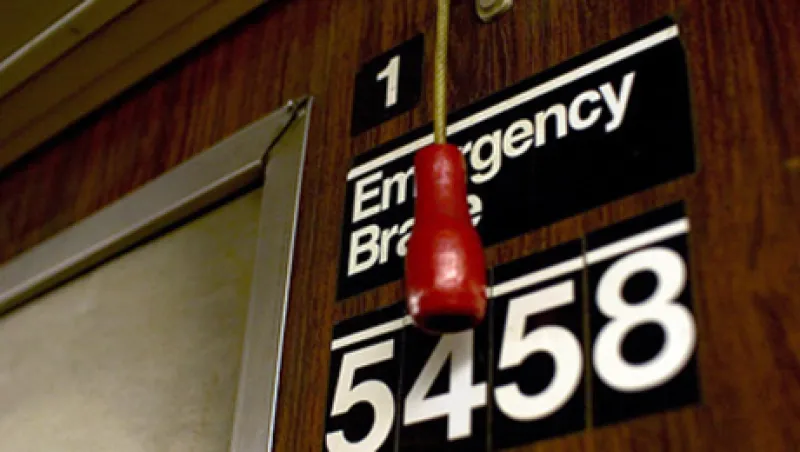
Kill Switches Come to Life
To avoid further market fiascos, the trading industry embraces the idea of automatic suspensions of order flow. But will they work?
Loch Adamson
October 18, 2012


